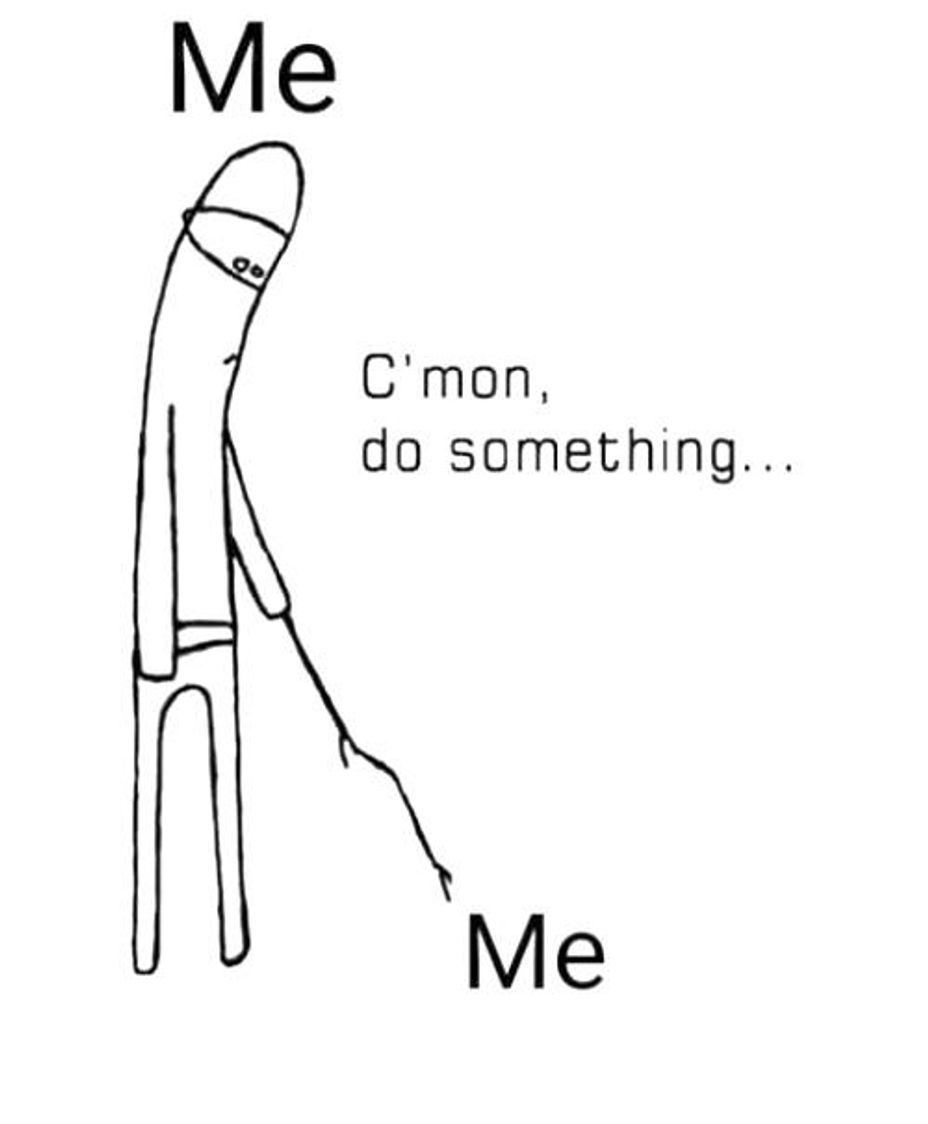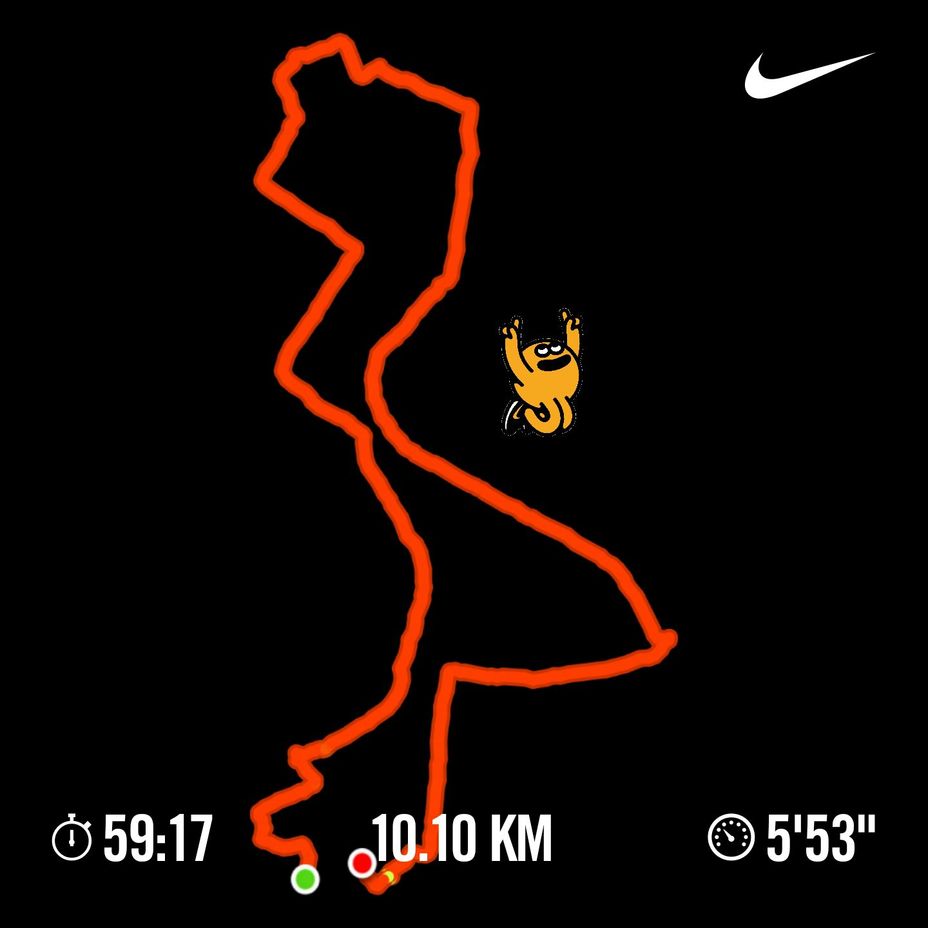It's desirable, because Broad Autism Phenotype describes an wider range of individuals who exhibit problems with personality, language, and social-behavioral characteristics at a level that is considered to be higher than average but lower than is diagnosable with autism. some parts that I copied belongs to Very Well Health.
People who with wider range of individuals who exhibit problems with personality, language, and social-behavioral characteristics are considered to have some kind of developmental delay, and it's closely related to mild PDD-NOS. It's in the context of some kind of rare Pervasive Developmental Disorder or even undiagnosed Atypical Autism.
Sources:
What to Know the Broad Autism Phenotype
Broad autism phenotype: theory of mind and empathy skills in...
Even 'baby sibs' without autism show delays in first year | ...
The Broader Autism Phenotype in Infancy: When Does It Emerge?
Here is what PDD-NOS means from DSM-4:
This category should be used when there is a severe and pervasive impairment in the development of reciprocal social interaction or verbal and nonverbal communication skills, or when stereotyped behavior, interests, and activities are present, but the criteria are not met for a specific Pervasive Developmental Disorder, Schizophrenia, Schizotypal Personality Disorder, or Avoidant Personality Disorder. For example, this category includes "atypical autism"—presentations that do not meet the criteria for Autistic Disorder because of late age at onset, atypical symptomatology, or subthreshold symptomatology, or all of these.
wrongplanet.net/forums/viewtopic.php
The only difference is that you don't need to have severe communication impermanent as a diagnostic criteria for ASD.
In fact, you can have milder form of ASD, and have neurotypical traits on time.
All you need is to meet during developmental stages are:
(Not everyone with ASD will have the same symptoms)
B. Restricted, repetitive patterns of behavior, interests, or activities, as manifested by at least two of the following, currently or by history (examples are illustrative, not exhaustive; see text):
1. Stereotyped or repetitive motor movements, use of objects, or speech (e.g., simple motor stereotypies, lining up toys or flipping objects, echolalia, idiosyncratic phrases).
2. Insistence on sameness, inflexible adherence to routines, or ritualized patterns of verbal or nonverbal behavior (e.g., extreme distress at small changes, difficulties with transitions, rigid thinking patterns, greeting rituals, need to take same route or eat same food every day).
3. Highly restricted, fixated interests that are abnormal in intensity or focus (e.g.,
strong attachment to or preoccupation with unusual objects, excessively circumscribed or perseverative interests).
4. Hyper- or hyporeactivity to sensory input or unusual interest in sensory aspects of the environment (e.g., apparent indifference to pain/temperature, adverse response to specific sounds or textures, excessive smelling or touching of objects,
visual fascination with lights or movement).
Criteria A should be reserved when symptoms of ASD is more severe:
A. Persistent deficits in social communication and social interaction across multiple contexts, as manifested by the following, currently or by history (examples are illustrative,
not exhaustive; see text):
1. Deficits in social-emotional reciprocity, ranging, for example, from abnormal social approach and failure of normal back-and-forth conversation; to reduced sharing of interests, emotions, or affect; to failure to initiate or respond to social interactions.
2. Deficits in nonverbal communicative behaviors used for social interaction, ranging, for example, from poorly integrated verbal and nonverbal communication; to abnormalities in eye contact and body language or deficits in understanding and use of gestures; to a total lack of facial expressions and nonverbal communication.
3. Deficits in developing, maintaining, and understanding relationships, ranging, for ex-ample, from difficulties adjusting behavior to suit various social contexts; to difficulties in sharing imaginative play or in making friends; to absence of interest in peers.
There should be some changes in the diagnostic criteria for Autism Spectrum Disorder.
/autismspectrum-5a4094d647c266003632059d.jpg)


